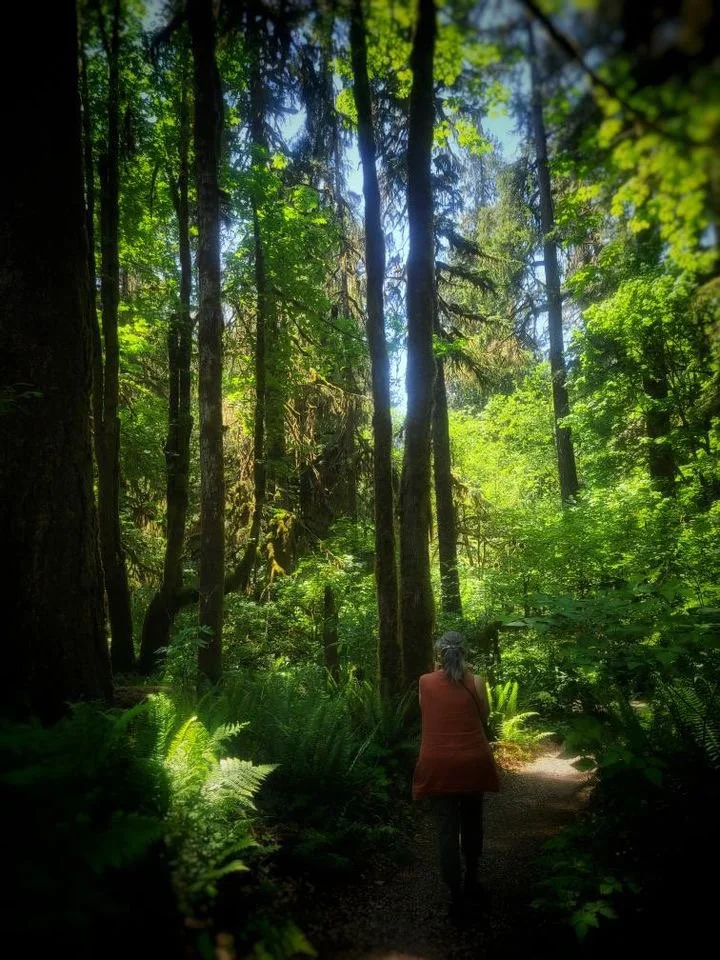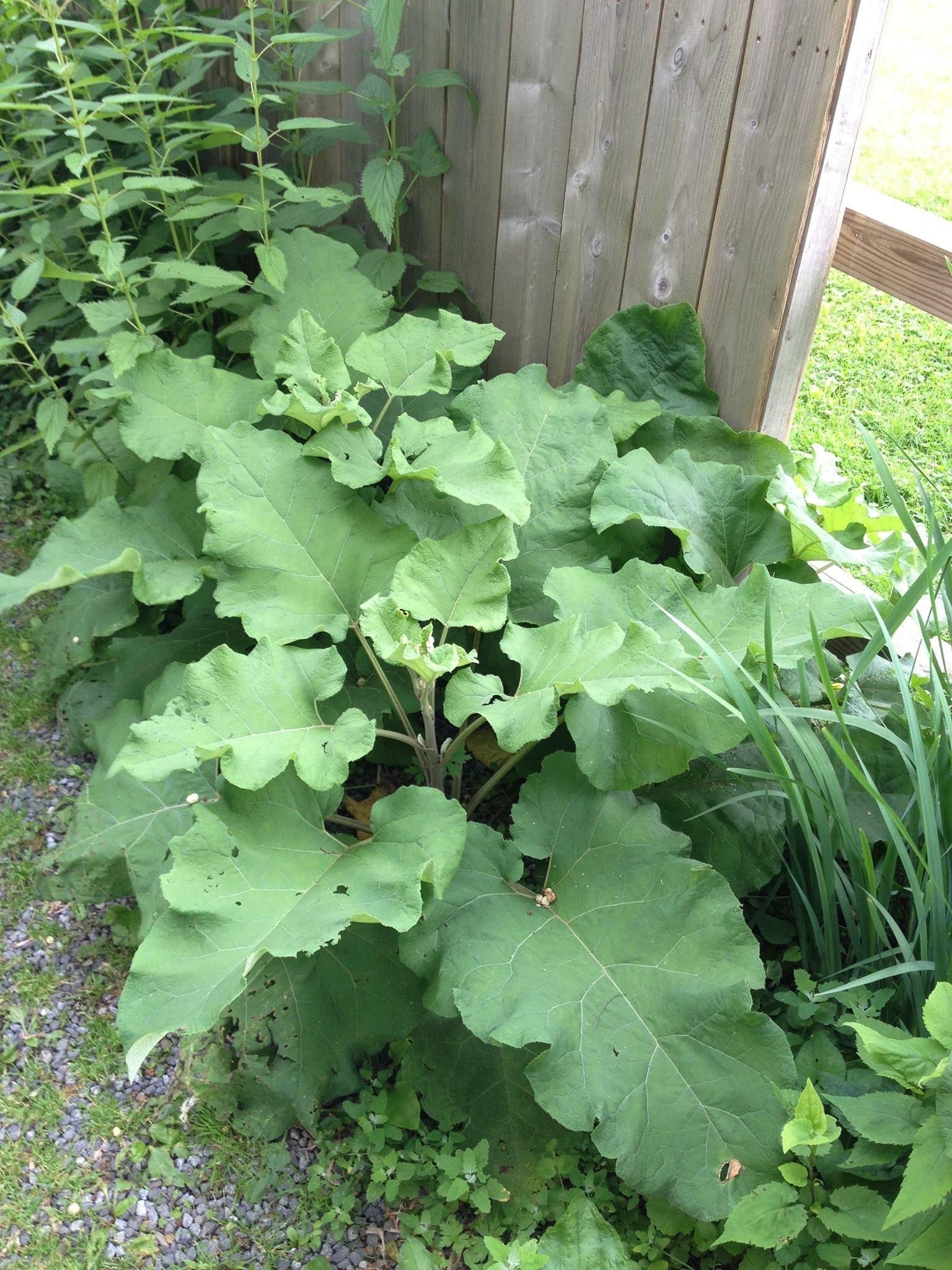Pickling Burdock
/Burdock (Arctium lappa) is one of the most nourishing plants on Earth. You might know Burdock from its Velcro-like seed heads that attach to your socks or your dogs’ fur when brushed up against in the wild. This is wise Burdocks’ way of re-seeding itself in areas with undisturbed and nutrient-rich soil. Burdocks’ long taproot goes deep into the soil, bringing minerals of the earth into its roots. These minerals become available to us as we prepare the root in food and medicine.
Burdock root is known as Gobo in Japanese cuisine and can be steamed, stir fried, brewed into infusions, and pickled. Try pickled Burdock for a quick snack to get wild food in your kitchen and diet fast. (Scroll to the bottom for recipe!)
Why Burdock?
Burdock (Arctium lappa) has brown, oily roots that are medicinally specific for pain and stiffness in the sacrum and lower back. Lower back issues can be resolved with frequent addition of Burdock to your diet coupled with Vitamin D supplementation, self care stretches, and bodywork.
The roots build up blood through their slow, deeply nourishing action. They also support and nourish the liver, lymphs, and kidneys. Dedicated Burdock users find ease of movement, clear skin, and vital lungs open to inspiration and aspiration of dreams.
Burdock is a biennial plant, emerging in the spring with a rosette of large, irregular basal leaves. The leaf becomes so large, they have been used to create masks on stage. As herbalists, we know that large leaves indicate support to large organs of the body, namely the skin, liver, and lungs.
Second-year growth of the Burdock plant sends up a heavy leafed stalk which can grow to six feet tall. The alternate leaf is broad with red toned stalks, indicating its blood building qualities. Leaves are heart shaped and covered with sticky hairs that leave a lingering bitter taste on your fingers when you rub them.
My favorite time to harvest burdock is late fall of the first year of growth or early spring of the second year plant. However, with the cooler PNW weather, second-year growth in Burdock is possible.
Burdock is readily available at farmers markets, Asian grocers, or your local Co-op.
How to Prepare Pickled Burdock
This recipe is shared generously from my friend Linda Conroy (who learned it from EagleSong who learned it from……) Pickled Burdock can be a simple blend of sweet and savory (adjust the recipe with Rice Vinegar instead of Apple Cider Vinegar to add a sweeter flavor) or you can add different herbs to match your tastes. I make a few batches and use different ratios and herbs to suit the needs of friends and family.
Add these deeply nourishing roots to your meals or snack on them, a few pickles a day!
You will need:
Burdock roots (enough to fit comfortably in a pot)
1 part apple cider vinegar,
1 part shoyu, coconut aminos or tamari
1 part water
2-4 tablespoons herbs of choice, chopped (garlic, ginger, turmeric, leeks, rosemary, etc.) - optional
Steps:
Slice Burdock roots into strips or coins. (I use coin shaped for ease of snacking.) Slice them evenly for better consistency of flavor. The thinner the slice, the more flavorful.
Place sliced roots in a steamer and into a pot. Add a small amount of water and steam roots for 5-10 minutes (5 for thinner root coins to avoid overcooking.)
If you wish to add more flavor and depth to the brine, prepare the herbs* for the brine while you steam the roots. Place 2-4 tablespoons of chopped herb (approximate, may be adjusted) in a clean quart jar.
*Garlic, ginger, turmeric, leeks, rosemary are some ideas but like all wild food recipes, get wild and try new things. You never know what you might learn from the process!
Prepare the brine: 1 part apple cider vinegar, 1 part shoyu, coconut aminos or tamari, 1 part steamed burdock water.
When the roots are steamed, pack them into the jar. Once the roots cool, pour the brine over them.
Allow to cool, place a well sealed lid on the jar and allow to sit on the counter for two days to allow flavors to meld. Then place in the refrigerator and use within a year.
For more wild food recipes, take my class, Herbal Medicine Making, featuring over 150 minutes of online learning.


